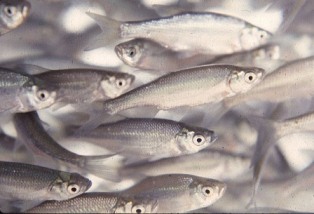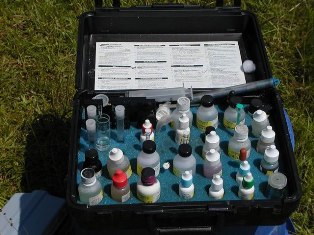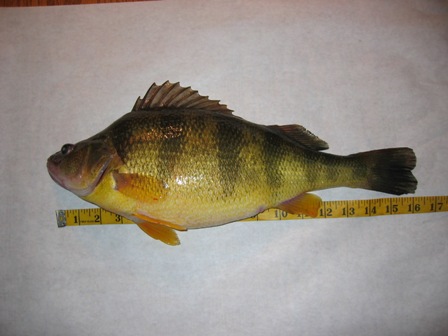Aquaculture as a Teaching Tool
David Cline, Extension Aquaculture Specialist, Auburn University
Aquaculture, like agriculture, is a complex subject with numerous facets for study in educational programs.

School teacher seeing a baby catfish still in the egg (photo courtesy of Auburn University)
A number of university, secondary agriculture, and science teachers have realized this and integrated aquaculture into their curricula. Aquaculture is an excellent teaching tool because it easily integrates many disciplines including biology, chemistry, economics, math, and physics. …









